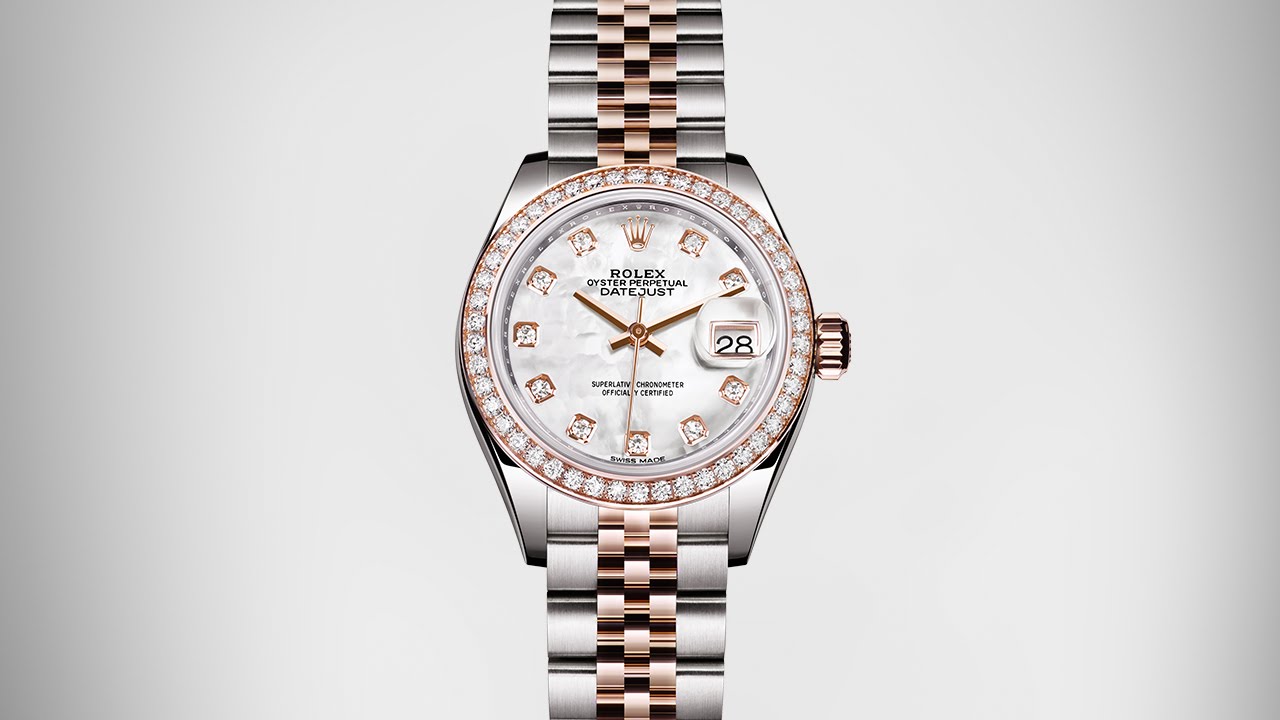Rolex Datejust Replica Watches unveils a Limited Edition H20 Brown
Rolex Datejust Replica Watches's H20 collection was unveiled at SIHH earlier this year with two models, the H20 Black (and the H20 silver) This stunning collection is a natural evolution from the brand's H0 Collection which was launched in 2017. It marks the beginning of a new direction for Rolex Datejust Replica Watches's design vision. The brand places more emphasis on fluid display than movement and this striking collection is a natural evolution.
H20 draws the eyes into the liquid display through a stunning replica watches domed crystal that lets light flood in to the inner workings of the watch. The transparent display allows the wearer to see three-dimensionally the capillaries that support liquid's advancement at the speed it is moving at.
Rolex Datejust Replica Watches's CEO Gregory Dourde presented a brand new H20 Brown Limited Edition at an exclusive presentation in Les Ambassadeurs’ Geneva boutique. He explains that the model was built like a sculpture. You can take photos of a painting and see the entire work. But with a sculpture, it is impossible to do this. It is possible to film the piece and move around it but not capture its entire beauty. We created a piece that allowed its owners to explore the piece from different perspectives.
The Limited Edition Rolex Datejust fake Watches H20 Brown
Francois Nunez is the brand's creative Director. The H20 Brown Limited Edition is made from 51mm stainless steel and has been rounded to look like a pebble. Despite its large size, the H20 Brown Limited Edition's soft and ergonomic design continues the theme fluidity on the wrist.
The watch's soft, rounded design is enhanced by the large sapphire crystal with domed shape that covers the mechanism. It occupies two-thirds of its surface area. Nunez says that the crystal is a powerful metaphor for howRolex Datejust Replica Watches stands at the crossroads of science and art. This crystal cover could as easily be used to protect an object in a museum or in a scientific laboratory.
